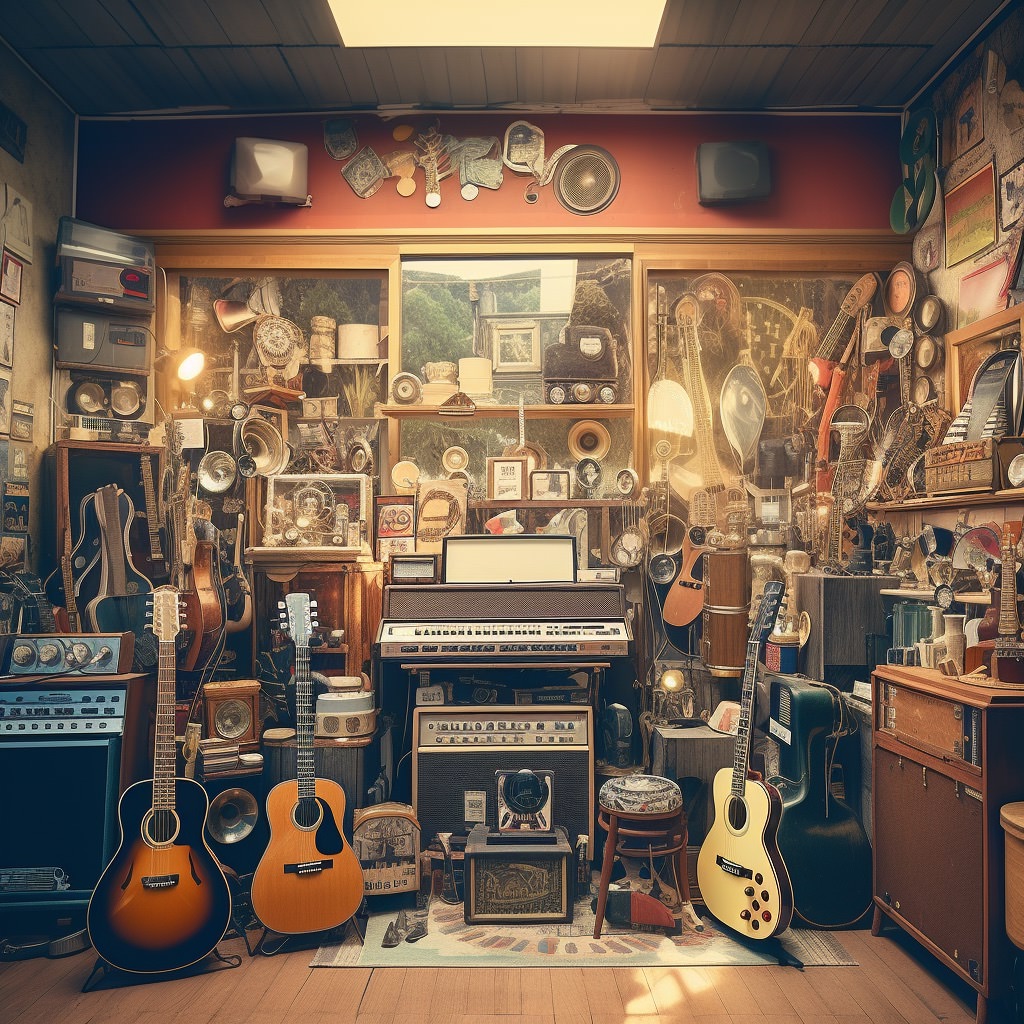Why Do Stores Play Music?

Have you ever wondered why the moment you step into a store, a familiar melody greets your ears, creating an almost instantaneous mood shift? There’s more to this sensory experience than mere background noise.
In fact, the art of playing music in stores can be a strategic, psychological move that enhances customer experience and drives sales.
Setting the Tone for Shopping
As you meander through the aisles, music acts as an unseen guide, subtly influencing your pace, mood, and ultimately, your purchasing decisions. The tempo of the music can either encourage you to shop leisurely or move quickly.
Slower tempos tend to relax customers, making them spend more time browsing, while faster beats can create an energetic shopping atmosphere, ideal for quick stops or sales events.
Creating a Brand Identity
Music is a powerful tool in establishing a store’s brand identity. Luxury boutiques might opt for classical or jazz tunes, aligning with an upscale, sophisticated ambiance. In contrast, a trendy fashion outlet might blast the latest pop hits, resonating with a younger, more dynamic clientele. This auditory branding helps customers immediately recognize the store’s character, even before they start shopping.
Enhancing Customer Experience
Imagine shopping in complete silence; it would feel unnatural and uncomfortable. Music fills this void, creating a more inviting and pleasant environment. It’s not just about distraction; it’s about crafting an experience that customers enjoy. This positive association can lead to longer visits and more frequent returns, turning casual browsers into loyal customers.
Influencing Emotional Responses
The psychology behind in-store music is fascinating. Certain melodies or genres can evoke specific emotional responses. For instance, nostalgic tunes might make customers feel more relaxed and happy, translating into more positive shopping experiences and potentially more purchases.
Retailers often curate playlists that align with their target demographic’s preferences, ensuring the music resonates well with their audience.
Increasing Sales
At its core, the goal of playing music in stores is to boost sales. Research has shown that the right kind of music can encourage shoppers to not only stay longer in the store but also to buy more.
For example, playing slower music in a wine shop can lead customers to spend more time contemplating their choices, often leading to the purchase of higher-priced items.
Conclusion
The next time you hear your favorite song playing in a store, remember, it’s not just a random selection. It’s a meticulously chosen part of a larger marketing strategy designed to enhance your shopping experience, strengthen brand identity, and subtly guide your purchasing decisions.
Music in stores is not just about entertainment; it’s a psychological tool that plays a significant role in the retail world. So, let the music guide you on your next shopping adventure, and enjoy the carefully crafted ambiance that each store presents.